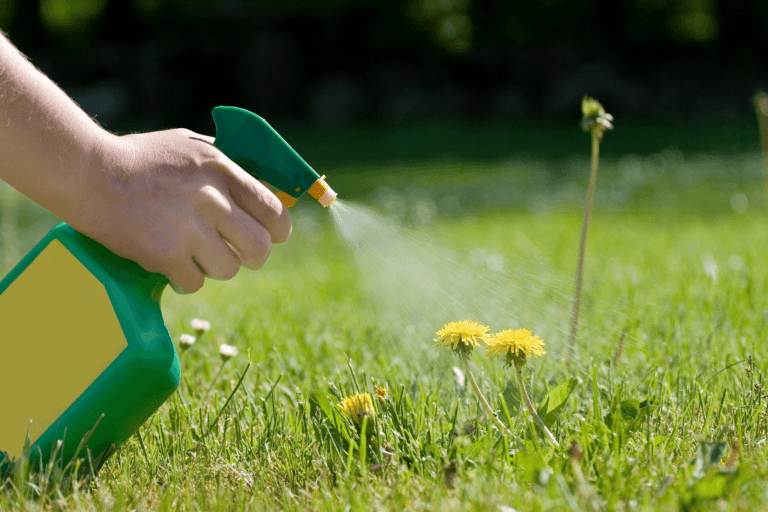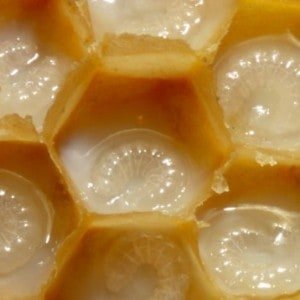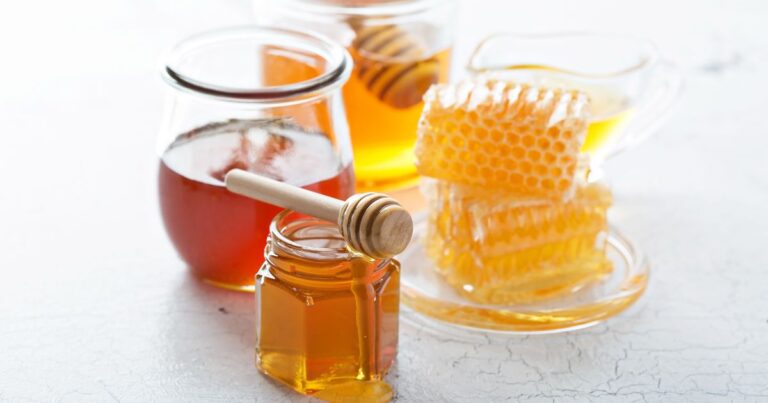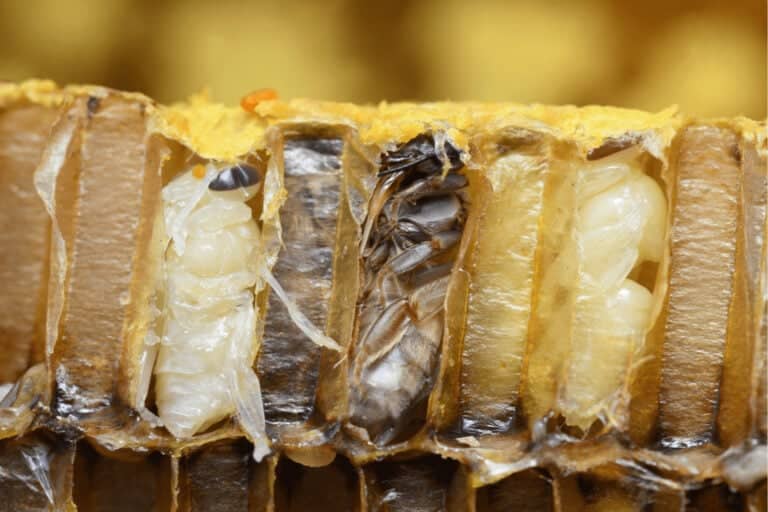Honey – More Than Just Sugar And Water
Honey is undoubtedly an extraordinary (and yummy!) substance! But what exactly is it composed of, and how does it attain its magical powers? Find out.
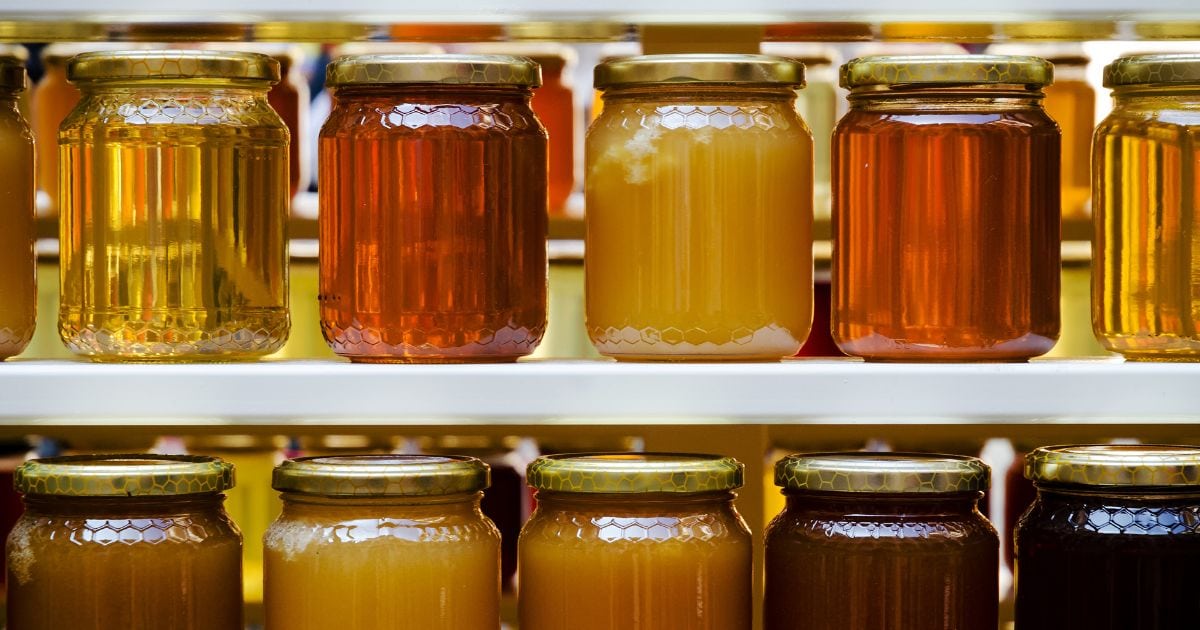
A Spoonful of Honey Part 1: More than just Sugar and Water?
Honey… a natural superfood with incredible antimicrobial and therapeutic properties that is also laden with antioxidants and will keep indefinitely, besides being 100% healthy and natural. Honey is undoubtedly an extraordinary substance, but what exactly is it composed of, and how does it attain its magical powers?
It is first perhaps beneficial to briefly review both the ‘raw material’ and the process by which honey is created. Nectar may be characterised as a sugar solution containing one disaccharide (sucrose) and two hexoses (the simple sugars glucose and fructose), together with very small amounts of minerals and a diverse cocktail of phytochemicals, including vitamins, volatile organic compounds that confer a perfume attractive to pollinators, and substances such as alkaloids and polyphenols which deter predation. Interestingly, the sugar concentration of nectar from insect-pollinated plant species is higher than those that rely upon vertebrates, and nectar normally collected by honey bees is dominated by sucrose.
Sugar content may vary from 3-80%; one study of a variety of South American vegetation found that combined sugar concentration for nectar accessed by honey bees varied from 12-40%, of which sucrose comprised up to 70% of the total.
Nectar is a valuable source of nutrition and is naturally colonised by a community of microorganisms, including many different types of yeasts. These may in turn confer some resistance to disease, while both yeasts and bacteria can also produce volatile organic compounds to attract pollinators (which aid in their dispersal).
At the hive, the nectar is repeatedly ingested and regurgitated by the bees until it is partially digested. The incorporation of digestive enzymes serves to break down sucrose to a mixture of glucose and fructose. The bees work cooperatively on this process for up to 20 minutes, after which the product is placed into honeycomb cells. The yeasts contained in nectar can cause sugars to ferment; the bees fan the uncapped cells constantly with their wings, inducing evaporation which dramatically lowers the water content, at the same time as raising the sugar concentration and preventing fermentation.
Finally, when they are satisfied with their labour, the bees seal the honeycomb cells with a wax cap. The honey is stored as a food source for both adult and larval bees in winter, or when other food is scarce.
The honey itself consists chiefly of fructose and glucose (around 40% and 30% respectively), plus water (about 18%), additional sugars, including maltose and sucrose, and trace amounts of a host of other substances. A tablespoon of honey, or around 21 grams, contains 64 calories, with 17.3 grams of carbohydrate (sugars), no fat or fibre, and just 0.06 grams of protein.
Honey is actually quite acidic in nature, although this is not discernible to taste due to the high sugar content. Incidentally, table sugar consists of sucrose, a disaccharide made up of one fructose and one glucose molecule. Table sugar, therefore, consists of 50% fructose and 50% glucose, and its higher fructose content means that it will raise blood sugar quicker than honey. Honey is slightly higher in calories, but is also a little sweeter than table sugar, meaning that less may be required.
The negligible protein content is derived from pollen (which the bees collect to feed their larvae; small amounts may be accidentally introduced into the honey) and the bees themselves. One study found that the total protein content of honey may at times be as high as about 0.64%, somewhat less than half of which is attributed to pollen, although this may equate to 680,000 pollen particles in 10 grams of honey. The pollen content can exacerbate allergic responses in sensitive individuals and may also be used to determine floral source and origin – the ‘floral signature’.
Defensin-1 is a bee-derived protein present in both honey and royal jelly. It has been demonstrated to inhibit bacterial infection and to stimulate the development of epithelial tissue and promote wound closure, thereby contributing to honey’s antimicrobial and healing properties.

